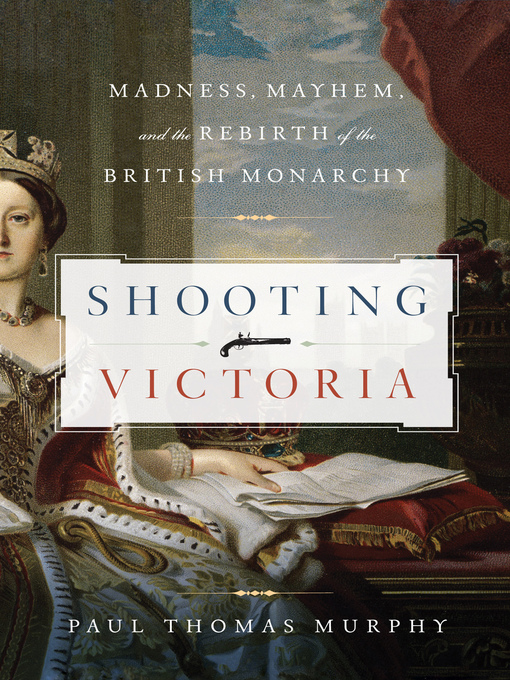"A fresh, lively " perspective on Victorian England, as seen through the eight assassination attempts on Queen Victoria (Publishers Weekly, starred review).
During Queen Victoria's sixty-four years on the British throne, no fewer than eight attempts were made on her life. Seven teenage boys and one man attempted to kill her. Far from letting it inhibit her reign over the empire, Victoria used the notoriety of the attacks to her advantage. Regardless of the traitorous motives—delusions of grandeur, revenge, paranoia, petty grievances, or a preference of prison to the streets—they were a golden opportunity for the queen to revitalize the British crown, strengthen the monarchy, push through favored acts of legislation, and prove her pluck in the face of newfound public support. "It is worth being shot at," she said, "to see how much one is loved."
Recounting what Elizabeth Barrett marveled at as "this strange mania of queen-shooting," and the punishments, unprecedented trials, and fate of these malcontents who were more pitiable than dangerous, Paul Thomas Murphy explores the realities of life in nineteenth-century England—for both the privileged and the impoverished. From these cloak-and-dagger plots of "regicide" to Victoria's steadfast courage, Shooting Victoria is thrilling, insightful, and, at times, completely mad historical narrative.
Whether through film (Jean-Marc Vallée's The Young Victoria), biography (Julia Baird's Victoria: The Queen), television (Daisy Goodwin's Victoria), or revisionist fantasy (Paul Di Filippo's The Steampunk Trilogy) there is a strong interest in Victorian England. Now Paul Thomas Murphy approaches this period from an eccentric, entirely new, and unexplored angle, combining legal, social, and political history into a book that is both "enlightening [and] great fun" (Kirkus Reviews, starred review).
- Available now
- New eBook additions
- New kids additions
- New teen additions
- Most popular
- Try something different
- See all ebooks collections
- Available Now
- New Audiobook additions
- Most Popular
- Try Something Different
- See all audiobooks collections



